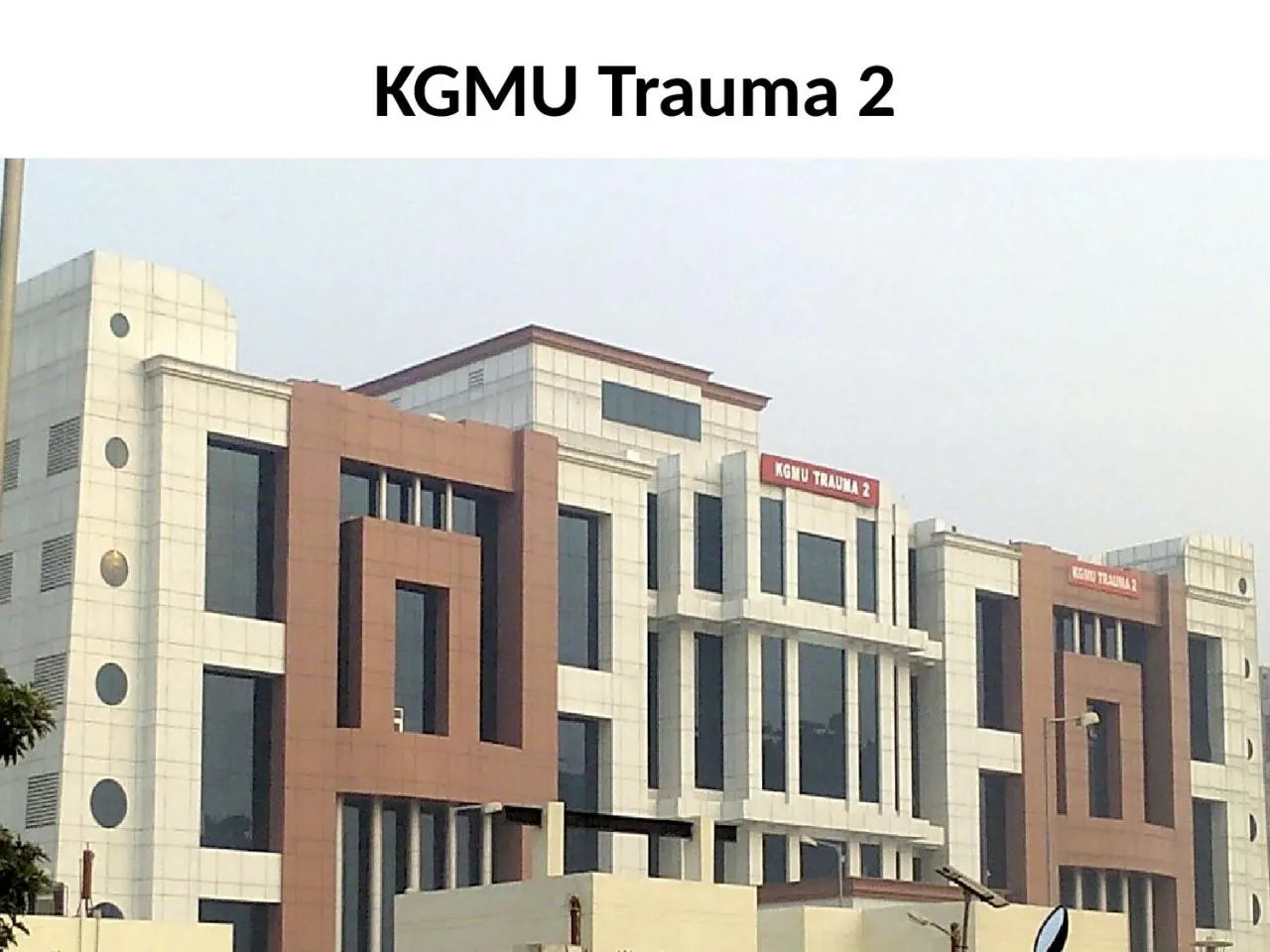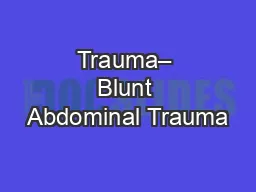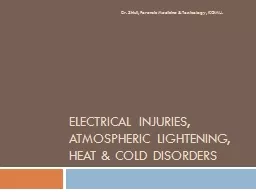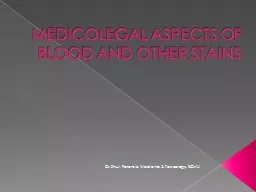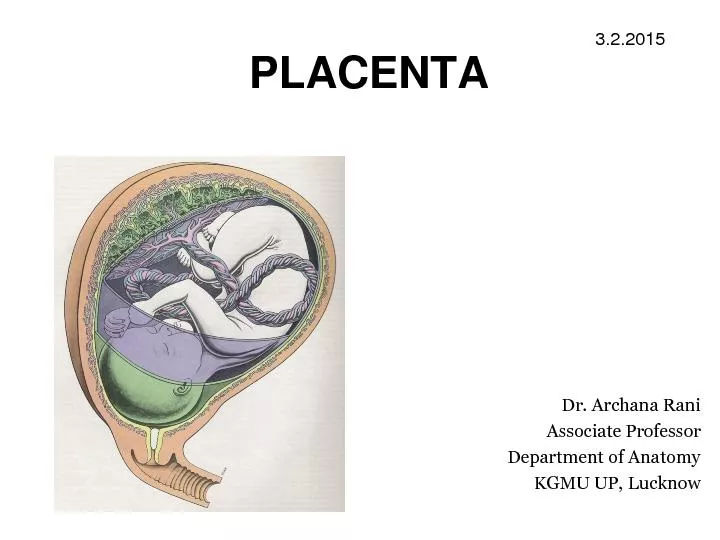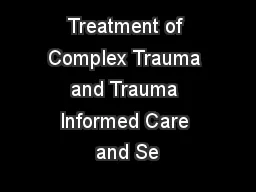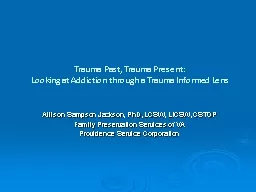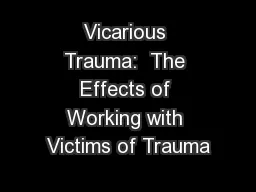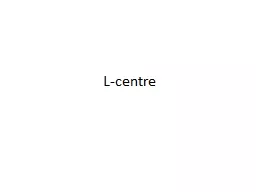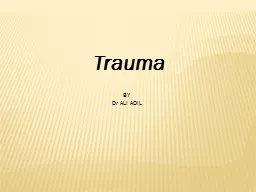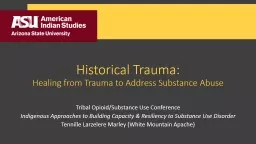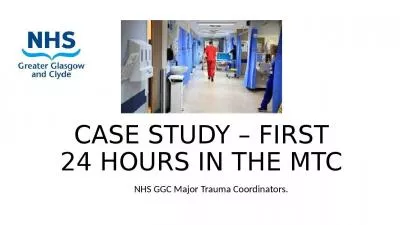PPT-KGMU Trauma 2 Levels of trauma centre*
Author : samantha | Published Date : 2022-06-07
The different levels ie Level 15 refer to the kinds of resources available in a trauma centre and the number of patients admitted yearly
Presentation Embed Code
Download Presentation
Download Presentation The PPT/PDF document "KGMU Trauma 2 Levels of trauma centre*" is the property of its rightful owner. Permission is granted to download and print the materials on this website for personal, non-commercial use only, and to display it on your personal computer provided you do not modify the materials and that you retain all copyright notices contained in the materials. By downloading content from our website, you accept the terms of this agreement.
KGMU Trauma 2 Levels of trauma centre*: Transcript
Download Rules Of Document
"KGMU Trauma 2 Levels of trauma centre*"The content belongs to its owner. You may download and print it for personal use, without modification, and keep all copyright notices. By downloading, you agree to these terms.
Related Documents

